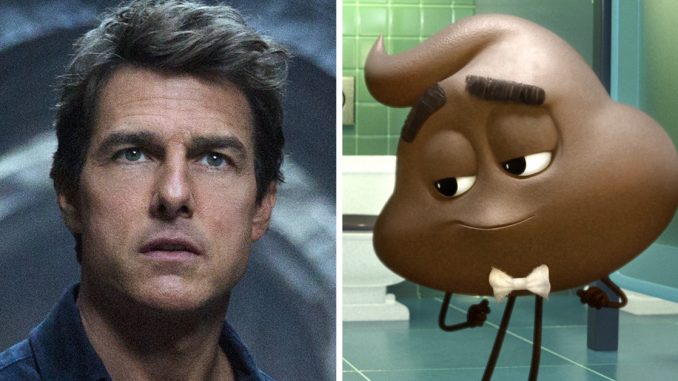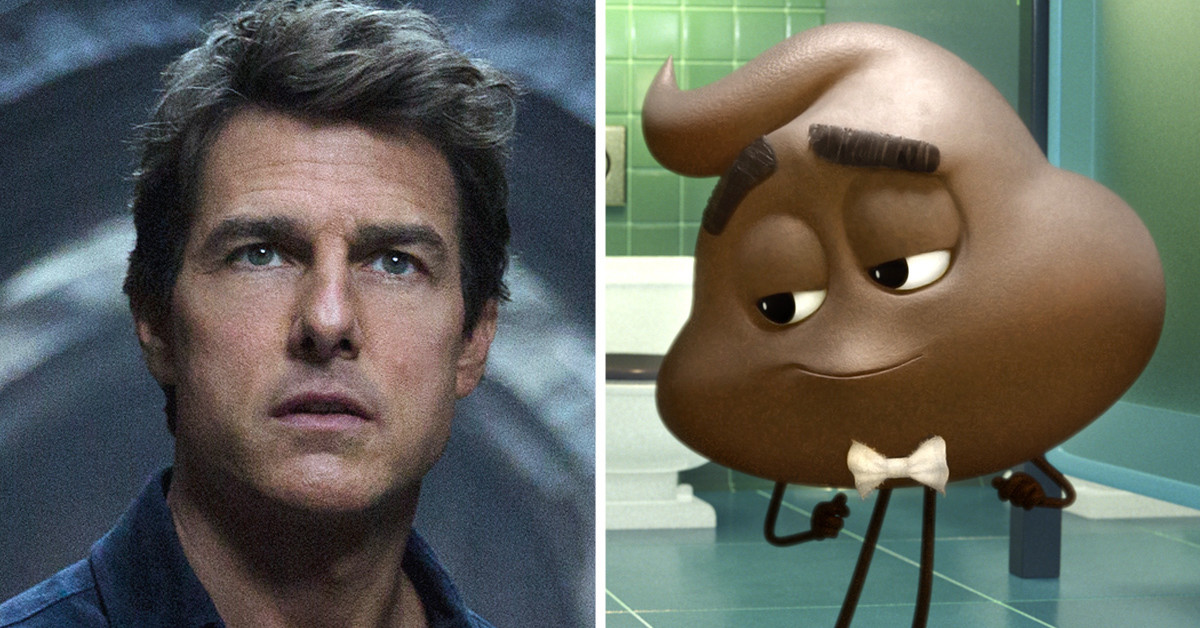

Hollywood has been churning out movies filled with scenes of catastrophic devastation for so long that perhaps the film industry should have seen this summer coming.
For the first time in at least 35 years, domestic box office grosses for the season — which traditionally runs from the first Friday of May through Labor Day weekend — are down a whopping 18.5% from year-to-year. Grosses have not been this low since 2006. This isn’t just bad: This is a history-making disaster.
The precipitous drop in summer grosses is not as unexpected as it may first appear, however. After enormous gains through the ’90s, domestic summer box office growth had largely slowed to a crawl by the Great Recession of the late 2000s.
But to understand just how bad 2017’s plummet has been, take a look at this chart of estimated domestic ticket sales over the past 35 years.
Since the peak of the summer of 1999 — spurred by Star Wars: The Phantom Menace, The Sixth Sense, Austin Powers: The Spy Who Shagged Me, and The Blair Witch Project — fewer people in the US and Canada have been going to the movies during the summer, even as rising ticket prices have kept grosses increasing.
That slow trickle of disappearing audiences became a torrent in 2017. Ticket sales have not been this low since 1992, which was practically a different era in movie-going, when commonplace features of modern movie theaters — stadium seating, multiple screens, assigned seats — were an exception instead of the rule.
So what happened? Studios have tended to point at the proliferation of entertainment options spurred by internet streaming as the main culprit, which has led to a years-long debate with exhibitors over shortening the window between when a movie is available exclusively in theaters and when audiences can start watching it at home with VOD.
But there is another factor that studio executives might be less inclined to contemplate: Audiences didn’t go to the movies this summer because the movies themselves were bad.
To be clear, not all the movies were bad. In fact, many of the most well-reviewed films of the summer — Wonder Woman, Guardians of the Galaxy Vol. 2, Spider-Man: Homecoming, Dunkirk, War for the Planet of the Apes, and Girls Trip — were also among the most popular. It’s all the rest of the movies released during the season that audiences rejected — movies like The Mummy, The Emoji Movie, Alien: Covenant, Captain Underpants: The First Epic Movie, Baywatch, Snatched, The Dark Tower, Valerian and the City of a Thousand Planets, King Arthur: Legend of the Sword, The House, The Nut Job 2: Nutty By Nature, Rough Night, and Diary of a Wimpy Kid: The Long Haul.
Audiences’ collective indifference to this very, very sad parade of feature films pushed 2017’s summer box office to a landmark nadir.
Consider that in 2013, the top 10 movies of the summer made up just over half the total ticket sales for the season. Hit films that fell out of the top 10 — like The Conjuring, Now You See Me, Lee Daniels’ The Butler, Pacific Rim, and This Is the End — spurred that year to the highest seasonal sales of the last 10 years.
By contrast, 2017’s top 10 films of the summer accounted for 62.5% of total sales.
Compare this season’s shallow bench to the first three months of this year, which boasted the widest array of hit movies — Beauty and the Beast, Logan, The Lego Batman Movie, Hidden Figures, Get Out, Split, Kong: Skull Island, Fifty Shades Darker, and John Wick: Chapter 2 — and the highest box office grosses in at least 35 years for January through March. If studios want to reverse the rapid, massive audience exodus from movie theaters during the summer, perhaps they should greenlight less tired cash-grab franchise plays, and more expectation-challenging, audience-inclusive movies like Hidden Figures, Logan, Split, and Get Out.

